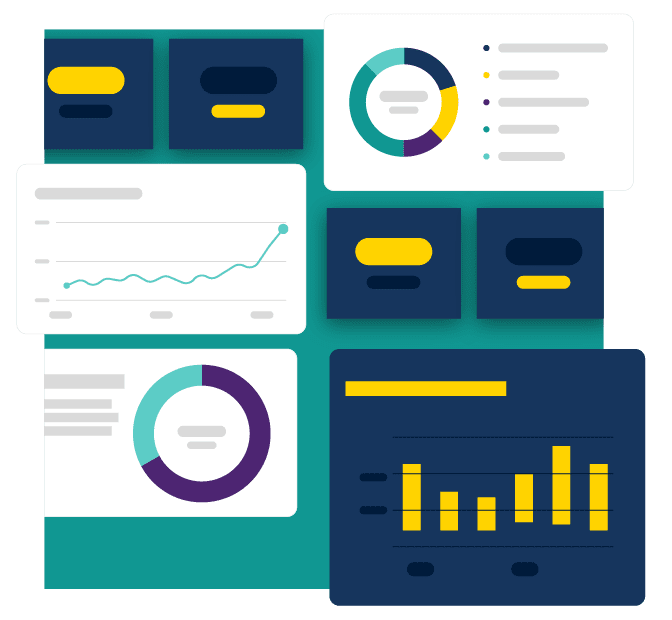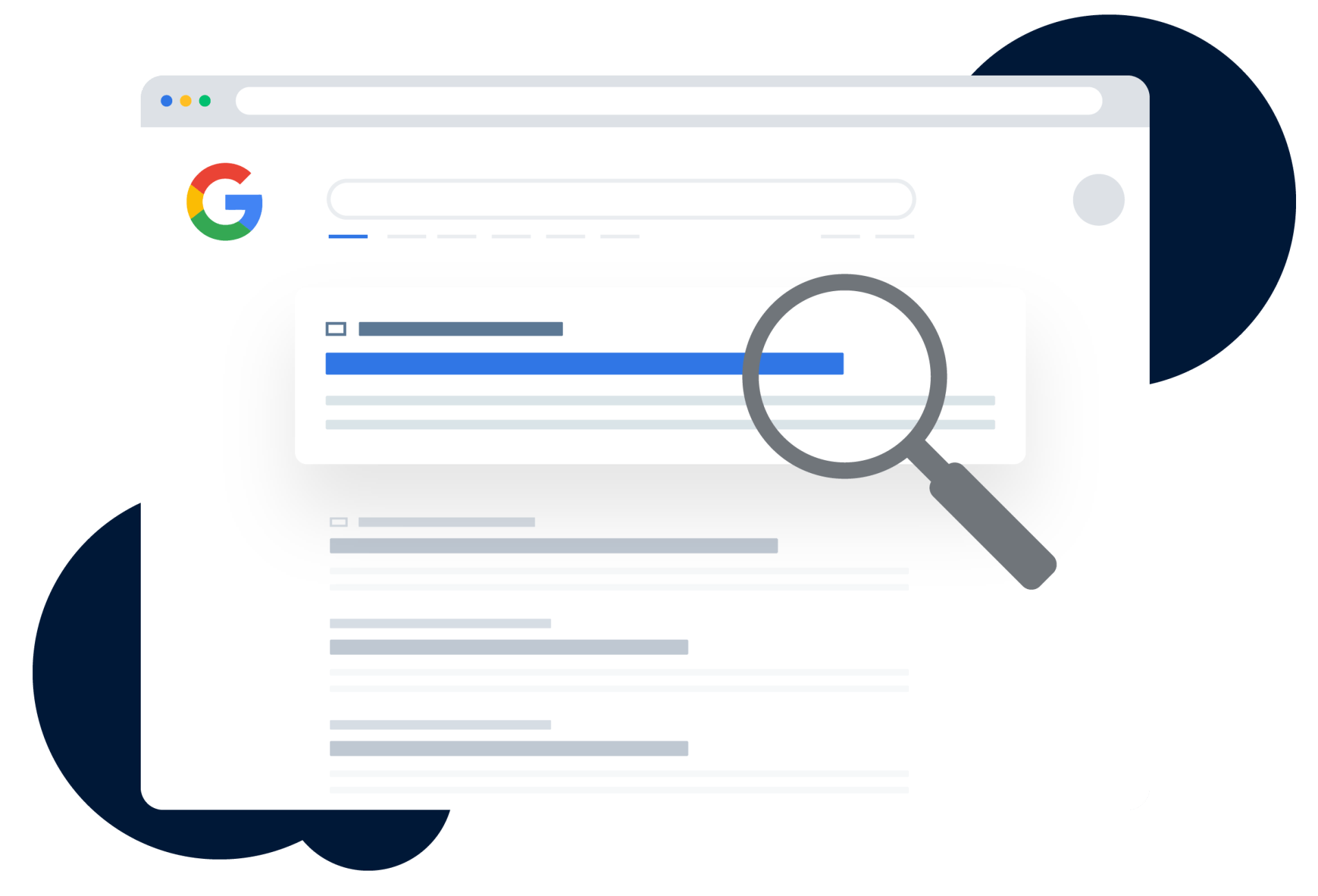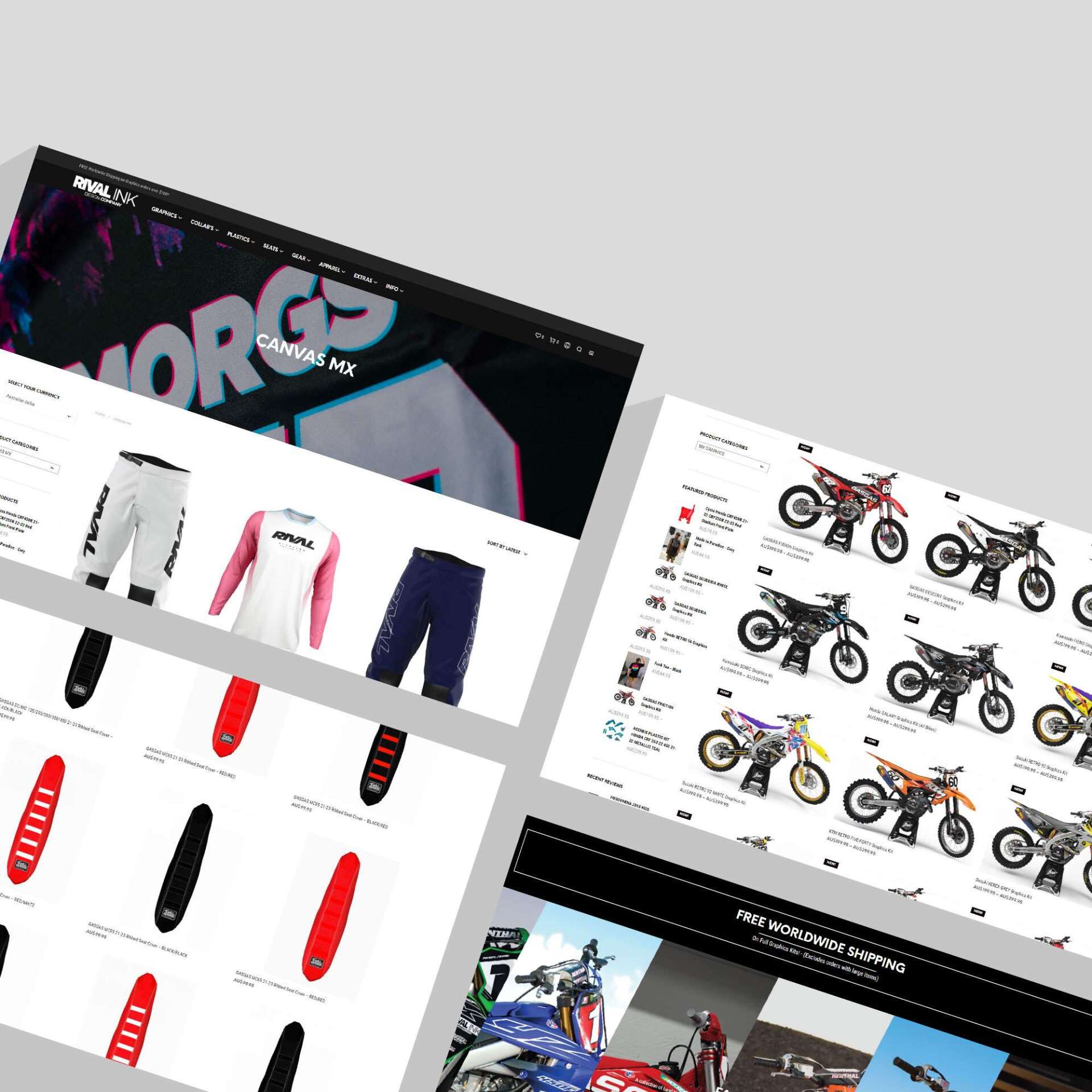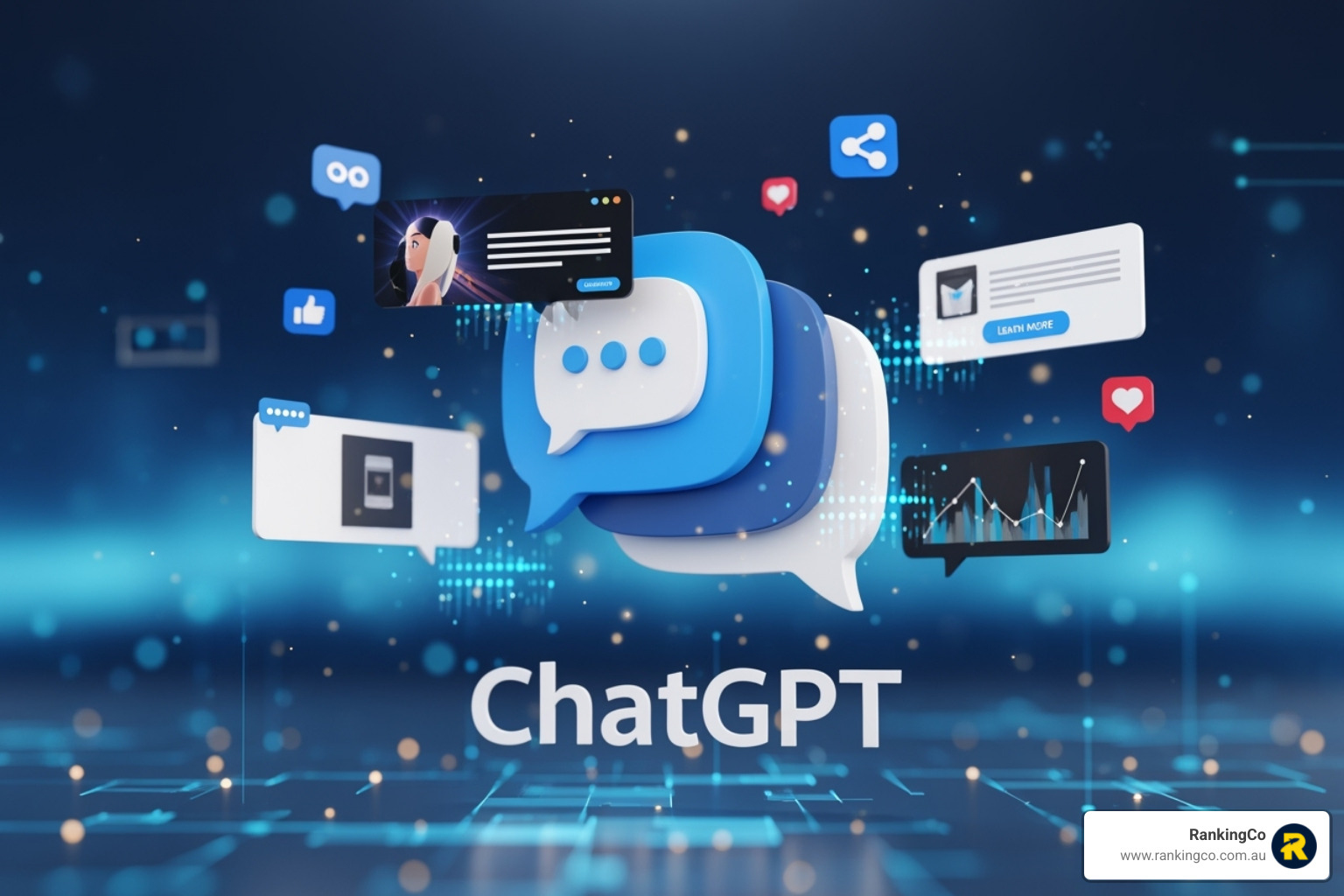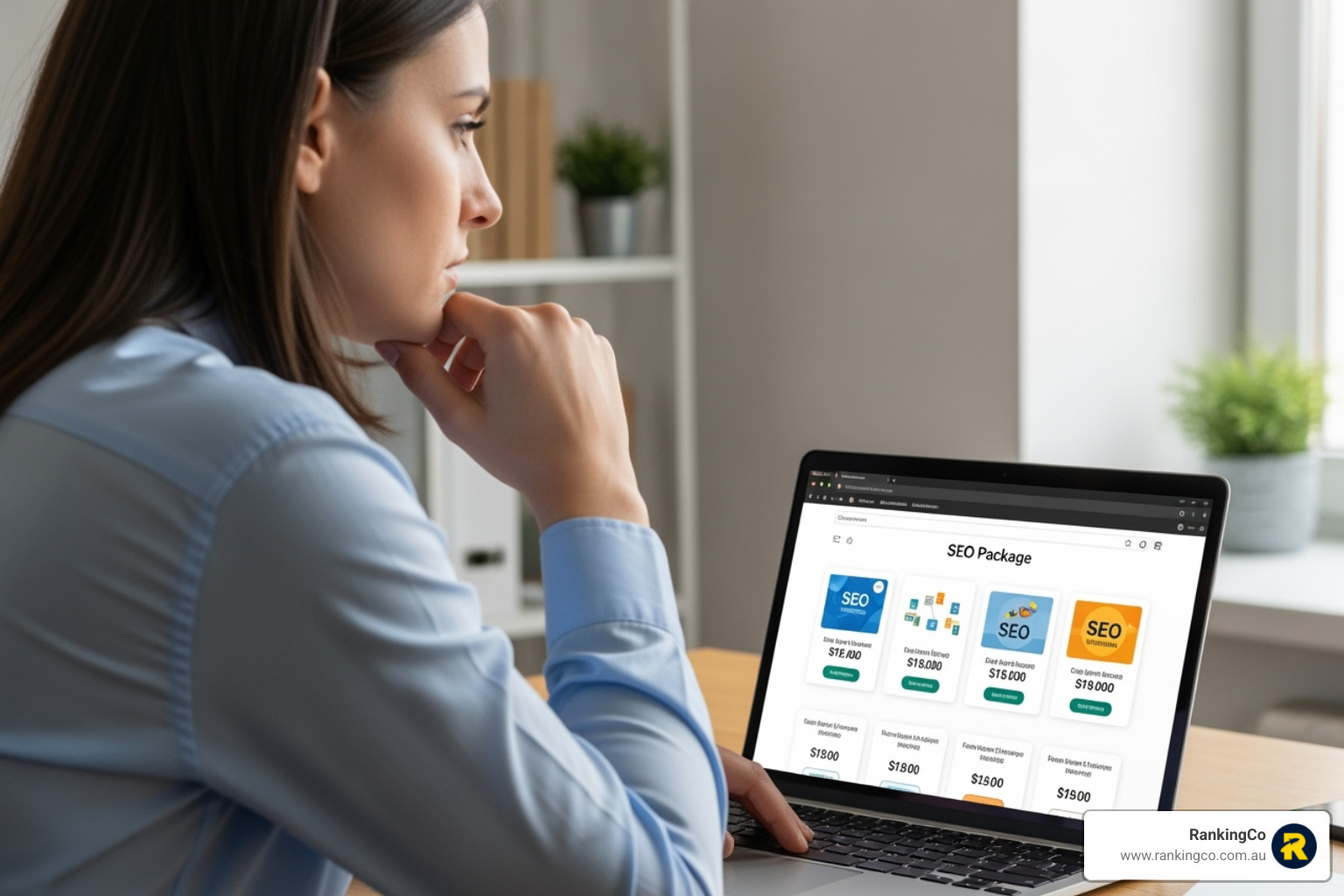How to get the most out of your Display Ads
Kerry Anderson • December 20, 2019

Targeting with Googles Display Ads
Building awareness
Influencing consideration
Driving action
Building Awareness is the top of the sales funnel and is quite a broad group. If you’re wanting more people to know about your brand and maximize your exposure then this is the perfect option for you.
Influencing Consideration is the middle of the sales funnel. You have users who are actively online, looking, and you want to influence their decision to look at your brand over other brands. They aren’t quite ready to convert as they’re still in the “research” phase of buying - but connecting with them at this phase is important as they quickly move between the middle and end of the buyers funnel.
Driving Action is the end of the sales funnel. You have users who have completed their research phase and are ready to take action and engage a company. This is a perfect time to use your remarketing lists that you have generated through the previous two stages are you are aware of where they are in the buyer’s cycle.
The targeting options you can utilize are:
Demographic Targeting
Affinity Audiences
Custom Affinity Audiences
In-Market Audience
Custom Intent Audiences
Similar Audiences
Remarketing
Standard Remarketing
Dynamic Remarketing
Demographic Targeting is where you select the audience based on certain demographic information that Google has garnered about the user from both direct methods and indirect methods eg assumptions based on activity. When users set up their Google profile there are specific questions Google has them answer in this creation phase for example their age and gender. Other demographics such as parental status as also areas Google allows you to target. In the scenario above of the childcare agency, they would utilize all three of these options by potentially looking to target females between the ages of 24-38 who are parents - primarily as this bracket is more likely to convert then perhaps males in their 60s who aren’t parents. This is best suited for building awareness.
Affinity Audiences are, as Google would describe, TV-like audiences. What they mean by this is that you can target users based on the things they are passionate about, the type of lifestyle they lead, and their interests based on compiled data of their activity online. Google’s machine learning is able to differentiate between passive and active users - those who are inherently more likely to be highly engaged with a topic over those who were just browsing or researching. There are over 100+ affinity audience options available to select from. This is best suited for building awareness.
Custom Affinity Audiences is where you get to create your own niche group of individuals. Let’s say perhaps the affinity audience of “health and fitness buffs” isn’t what your gym is looking for and you want to custom create an even more refined audience, then custom affinity audiences give you that option. To go this granular however you need to have a solid understanding of your potential clients - who they are - their likes and dislikes - in order to refine the group successfully to be better than Google’s machine learning. This is best suited for building awareness.
In-market Audiences are a group of users who are presently online weighing up their decisions between products and brands. They are close to the buyer’s stage in the sense that they are considered highly active. Google looks at their “purchase intent” based on previous activity online to determine who fits within this group. This is best suited for influencing consideration.
Custom Intent Audiences is where you can customize your in-market audience group more. It enables you to tailor the target group based on keywords, URLs, and APPs that you feel best covers your group of potential buyers. This is best suited for influencing consideration.
Similar Audiences is where you can utilize data from an existing remarketing list or another list you have generated that displays what a typically “buyer” is like online. Google then seeks out other users who are similar in demographics to the ones you have uploaded and creates an audience list around this. This is best suited for influencing consideration.
Remarketing is where you capture data of specific users when they have been to your website based on a ‘cookie’ that you have placed on their browser due to them being on your website. Remarketing lists are creative in the sense that you can generate a list of uses based on their activity when they were on the website eg a list of those who purchased compared to a list of those who abandoned their cart at checkout.
Standard Remarketing is where you simply show your ads to previous uses are they browse the internet You would have pre-created what ad they will see and the image will be a standard image used for all users within that remarketing list.
Dynamic Remarketing is where you can show users ads based on specific pages or images they looked at on your website. For example, if you were a watch store and a user looked at a Tag Heuer watch on your website - you can then show them ads with that specific watch on it to attempt to entice them back to your website - you can take it a step further by having discount codes available with the image to give them the motivation to return and urgency to checkout. You will need a data feed in order to utilize this option.
As you can see there is a multitude of targeting options within Google Display Ads. In order to get the best use of your advertising dollars, we suggest allowing one of the team to run a complimentary audit on your Google Ads account today. Reach out to the team via our contact us page.
